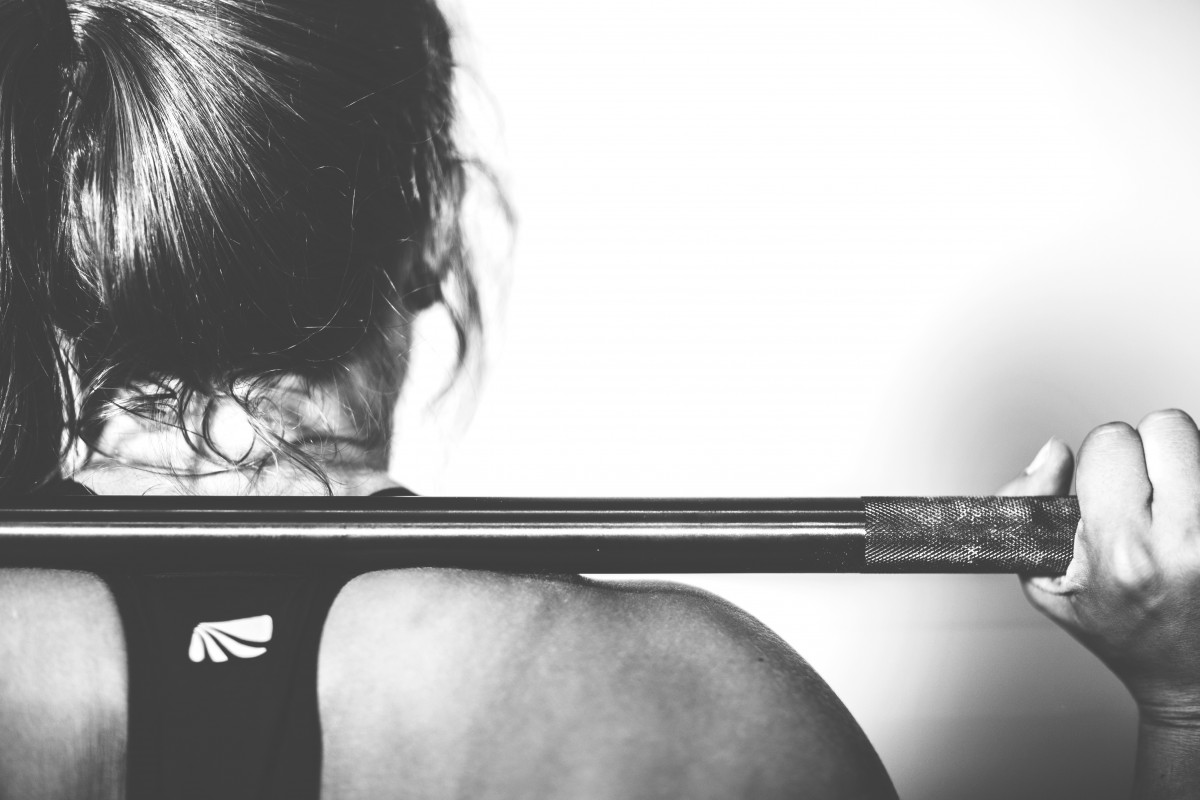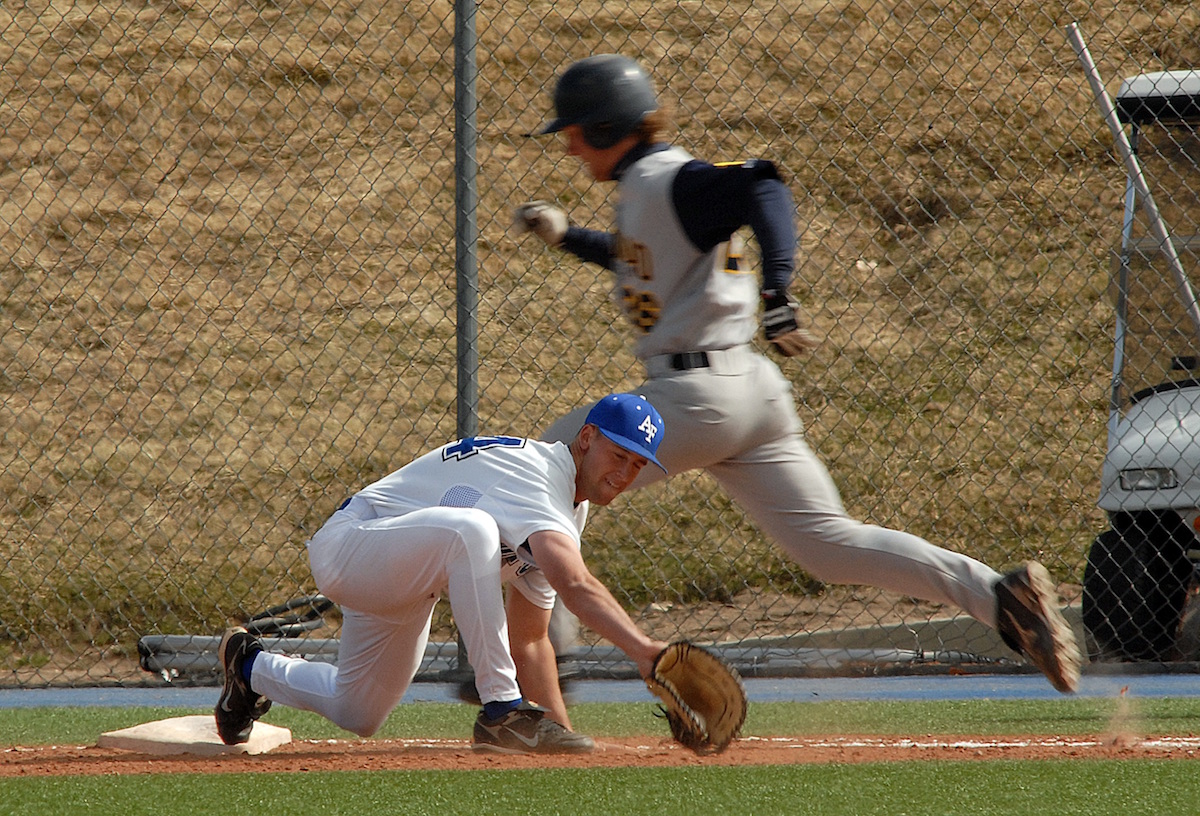A frequent topic of my social media posts deals with the squat exercise and its variations and how important it is for most sports. It’s important because it trains the bulk of the muscles of the lower body to work together, it strengthens the trunk, strengthens the skeleton, allows the athlete to learn how to exert force against the ground, and it’s performed standing up. In addition, it resembles a lot of sports movements.
The downside is that it can be an intimidating exercise, especially with heavy weights. It’s very difficult. And there are lots of rumors about how bad it is for the knees, which has been pretty well addressed elsewhere.
With all that said, a lot of people like to substitute exercises like the leg extension or the leg press for the squat. The rationale is that those exercises are easier, safer, and just as effective.
Wirth et al, in the Journal of Strength and Conditioning Research, conducted a study examining the effectiveness of training that uses either the squat or the leg press on a number of measures that are of interest to coaches.
In their study, the authors studied athletes with a mean age of around 24 years. It’s unclear what level the athletes were competing at, but the authors note they were from a variety of team and track/field sports. The subjects had a mean squat of 120% of body weight and a mean leg press of around 310% of bodyweight.
Their subjects trained for eight weeks with a periodized program progressing from higher volume for the first three weeks to lower volume (4-6RM) during the last two weeks. It is unclear how often they trained per week. What is clear is that one group did five sets of squats in their training program, the other did five sets of leg presses. That was the only lower extremity strength training performed during the study by the athletes, though they could perform their other strength training exercises as well as their sport-specific training.
Before and after training the subjects were studied on their squat or leg press 1-RM, squat jumps, countermovement jumps, depth jumps from different heights, and a test to determine maximum isometric force.
At the end of eight weeks, the subjects had the following results:
- The squat group improved their 1-RM by almost 25%.
- The leg press group improved their 1-RM by almost 28%
- Maximum isometric force increased by almost 8% in the squat group, almost 2.5% in the leg press group
- Squat jump improved by more than 11% in the squat group, almost 4% in the leg press group
- Countermovement jump improved by 12% in the squat group, less than 1% in the leg press group
- Drop jump height at 24, 32, 40, and 48cm improved in the squat group and decreased in the leg press group
All the subjects made gains in either the squat or the leg press. All the subjects improved on the testing. However, the squat group made much better gains on the speed and power tests. In other words, in this study, the squat exercise had a greater impact on performance than the leg press.
Why is this? It’s likely that the squat more closely resembles the movement patterns of the tests, which means a greater transfer effect.
Now, is this study the definitive word on this subject? No. There are a lot of cautions with this information. First, for 24-year old athletes the relative squat strength, at 120% of body weight, is pretty low. This suggests pretty untrained subjects especially for track and field athletes as well as hockey and basketball players. So, the results might be more due to the training status of the athletes (i.e. stronger athletes may not have responded the same way). Second, and this is the editors’ fault, the study doesn’t tell us how often the subjects trained. This is picky, but I’d want to know that if I were going to apply the results. Third, different tests may have yielded different data. For example, horizontal jumps, sprints, or throws may have resulted in different results.
With all that said, I think it’s obvious that the squat exercise and its variations cannot be dismissed from an athlete’s training. The eye test alone tells you that it resembles an awful lot of athletic movement patterns, but the results of this study offer some more support to that argument!
Wirth, K., Hartmann, H., Sander, A., Mickel, C., Szilvas, E., and Keiner, M. (2016). The impact of back squat and leg-press exercises on maximal strength and speed-strength parameters. Journal of Strength and Conditioning Research, 30(5), 1205-1212.
Image claimed by traineracademy.org


